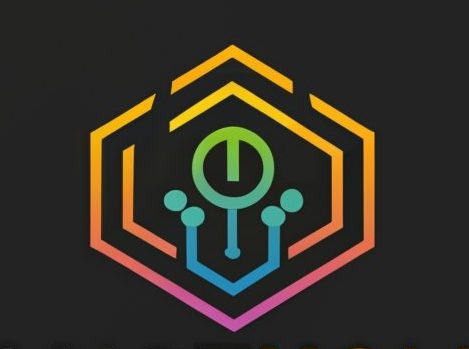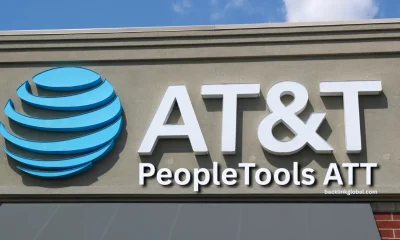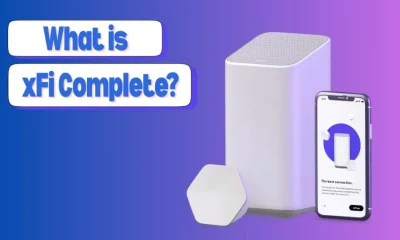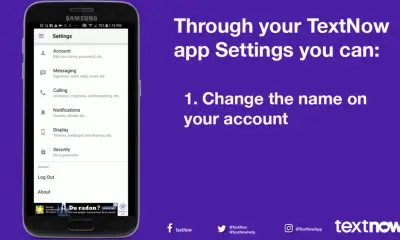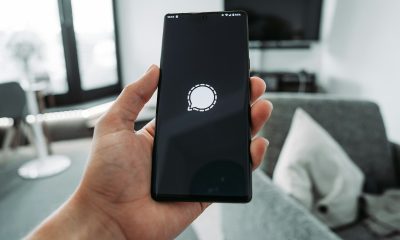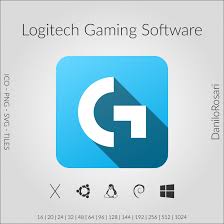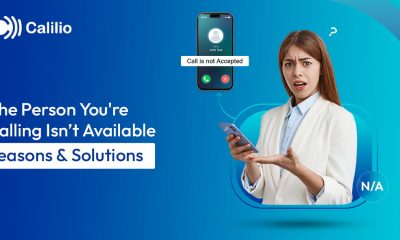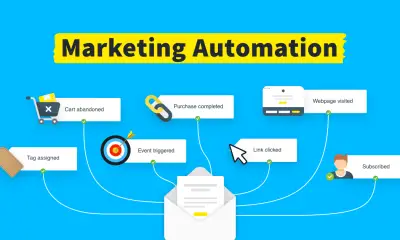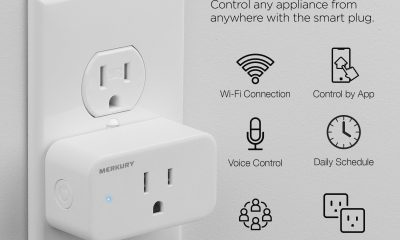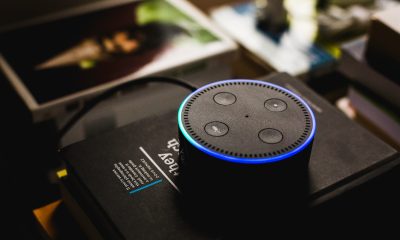Guides
Digital Marketing Trends 2025: Strategies for Growth

Introduction
Digital marketing is evolving faster than ever in 2025, driven by technology, changing consumer behavior, and the need for personalized experiences. Businesses that fail to adapt risk falling behind, while those that embrace new strategies can capture attention, improve engagement, and drive sales. Key trends such as AI-powered personalization, short-form video, voice and visual search, privacy-focused campaigns, and immersive technologies like augmented and virtual reality are redefining how brands connect with audiences. Additionally, influencer marketing, sustainability-focused messaging, and automation tools are shaping how marketing campaigns are executed.
Understanding these trends is essential for marketers looking to create meaningful interactions with consumers and stand out in a crowded digital landscape. This article explores the most impactful digital marketing trends of 2025, offering insights on how brands can leverage them effectively while maintaining credibility, expertise, and trustworthiness in their messaging.
AI-Powered Personalization
Artificial intelligence (AI) is transforming marketing by enabling highly personalized experiences. Marketers can analyze consumer behavior, preferences, and browsing patterns to deliver content that resonates individually with users. Personalized recommendations, automated email campaigns, and predictive analytics not only increase engagement but also improve conversion rates. AI-driven chatbots enhance customer service by providing instant support, while machine learning tools optimize advertising strategies for maximum ROI. Brands that invest in AI personalization can build stronger relationships with customers and create seamless, data-driven experiences that stand out in a competitive digital market.
Short-Form Video Dominance
Short-form video content is now a cornerstone of digital marketing. Platforms such as Instagram Reels, TikTok, and YouTube Shorts allow brands to engage audiences quickly and creatively. These videos capture attention with concise storytelling, often under 60 seconds, making them ideal for mobile-first users. Short-form videos are highly shareable, increasing brand visibility organically. Businesses can showcase products, tell brand stories, and highlight customer testimonials effectively in this format. Creative video campaigns that entertain or inform while remaining authentic have proven to enhance engagement and foster stronger connections with audiences.
Voice and Visual Search Optimization
Voice search and visual search are reshaping SEO strategies. Consumers increasingly rely on smart speakers, voice assistants, and image-based search tools to find products and services. Optimizing content for voice queries requires natural language, question-based keywords, and featured snippets. Visual search allows users to upload images and discover similar products instantly, making it crucial for e-commerce brands to use high-quality images with proper metadata. Brands that optimize for voice and visual search can capture a broader audience and ensure their products are discoverable in emerging search behaviors.
Privacy-First Marketing
Data privacy has become a top priority for consumers and regulators. Brands are now expected to be transparent about data collection and usage, offering clear privacy policies and opt-in consent options. Privacy-first marketing builds trust and credibility while complying with evolving regulations. Businesses are adopting first-party data strategies and anonymized analytics to respect user privacy without sacrificing insights. Brands that prioritize transparency can strengthen customer loyalty, reduce risks, and position themselves as trustworthy leaders in their industry.
Augmented and Virtual Reality Integration
Augmented reality (AR) and virtual reality (VR) are creating immersive marketing experiences that engage customers in new ways. AR allows consumers to visualize products in real-world environments, such as trying furniture in their home or testing eyewear virtually. VR provides fully immersive experiences, ideal for interactive brand storytelling or virtual events. These technologies enhance the customer journey, allowing for more informed purchasing decisions and memorable brand interactions. Businesses leveraging AR and VR differentiate themselves by offering innovative, interactive experiences that foster engagement and loyalty.
Influencer Marketing Evolution
Influencer marketing continues to grow, but strategies are evolving. Brands increasingly partner with micro and nano influencers who offer authentic connections and highly engaged audiences. Long-term collaborations are favored over one-off campaigns to build consistent brand advocacy. Influencers now play a strategic role in storytelling, community building, and driving conversions. By selecting influencers aligned with brand values, businesses can enhance credibility, reach niche markets, and amplify their marketing messages effectively.
Sustainability and Ethical Marketing
Consumers are more conscious about environmental and social responsibility than ever. Brands that highlight sustainable practices, eco-friendly products, or social initiatives gain trust and loyalty. Marketing campaigns that authentically reflect a brand’s commitment to ethical practices resonate deeply with conscious consumers. Sustainability-focused storytelling, combined with transparency, creates a positive brand image while encouraging repeat engagement. Businesses that integrate social and environmental responsibility into their marketing strategies demonstrate value beyond products, aligning with modern consumer expectations.
AI-Powered Advertising and Automation
Automation tools powered by AI streamline advertising, campaign management, and data analysis. Marketers can automate ad creation, audience targeting, and performance tracking, saving time and resources. AI ensures campaigns are optimized for maximum ROI by analyzing patterns and adjusting strategies in real-time. Small and medium-sized businesses benefit significantly from these tools, which allow professional-quality campaigns without large marketing teams. Automation enhances efficiency, precision, and overall effectiveness of digital marketing efforts.
Rethinking the Marketing Funnel
Traditional linear marketing funnels are becoming less relevant as consumer journeys grow more complex. Users now interact with brands across multiple touchpoints and channels before making a purchase decision. Marketers are adopting flexible, multi-channel strategies that focus on engagement, retention, and personalized experiences rather than a one-size-fits-all funnel. Understanding the dynamic nature of modern customer behavior enables brands to respond with timely messaging, relevant content, and meaningful interactions.
Focus on E-E-A-T: Experience, Expertise, Authoritativeness, Trustworthiness
Google’s emphasis on E-E-A-T highlights the importance of high-quality content in search rankings. Brands that demonstrate expertise in their field, offer authoritative guidance, and provide trustworthy content gain higher visibility and credibility. Experience also plays a key role, ensuring content is user-focused, actionable, and relevant. Incorporating E-E-A-T principles strengthens brand reputation, builds consumer confidence, and improves organic search performance. Businesses that prioritize quality, knowledge, and trust can maintain long-term digital authority.
Read More: What Is Programmatic Advertising & How to Use It Effectively
Conclusion
Digital marketing in 2025 is defined by personalization, technological innovation, and consumer-centric strategies. AI-driven tools, immersive experiences with AR and VR, short-form video content, and evolving influencer partnerships are shaping how brands engage audiences. At the same time, voice and visual search, privacy-first practices, sustainability, and automation are becoming non-negotiable elements of successful marketing campaigns. The traditional marketing funnel is giving way to more dynamic and flexible approaches that reflect real-world consumer behavior. By embracing these trends, brands can create meaningful connections, enhance engagement, and drive long-term growth.
Prioritizing authenticity, transparency, and credibility ensures that marketing efforts resonate with audiences while establishing trust and authority. Staying ahead of these trends is no longer optional—it is essential for businesses aiming to thrive in a competitive, rapidly changing digital landscape.
FAQs
1. What is E-E-A-T in digital marketing?
E-E-A-T stands for Experience, Expertise, Authoritativeness, and Trustworthiness. It reflects the quality of content, helping brands gain credibility and higher search engine rankings.
2. How can small businesses use AI for marketing?
AI helps small businesses personalize content, optimize ads, automate campaigns, and analyze consumer behavior to increase efficiency and engagement.
3. Why is short-form video content effective?
Short-form videos are concise, engaging, and mobile-friendly, making them highly shareable and effective in capturing audience attention quickly.
4. How do AR and VR improve marketing campaigns?
AR and VR provide immersive experiences, allowing users to interact with products virtually, enhancing engagement and helping consumers make informed decisions.
5. How can brands ensure data privacy and build trust?
Brands can implement clear privacy policies, use first-party data strategies, and maintain transparency about data usage, strengthening consumer trust and loyalty.
-

 Gadgets2 years ago
Gadgets2 years agoDoes Nest Thermostats Contain Cameras Or Microphones? Is It Safe For you?
-

 Guides1 year ago
Guides1 year ago10 Best Apps To Control All Your Smart Home Devices.
-

 Gadgets2 years ago
Gadgets2 years agoWhat Is The Purpose Of Red Button On The SimpliSafe Keypad?
-
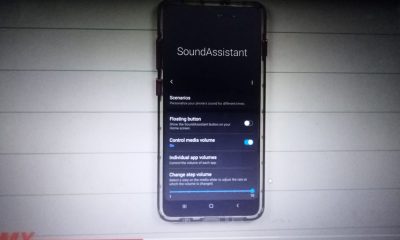
 Gadgets2 years ago
Gadgets2 years agoComplete Guide About Equalizer settings for Samsung-Soundbar
-
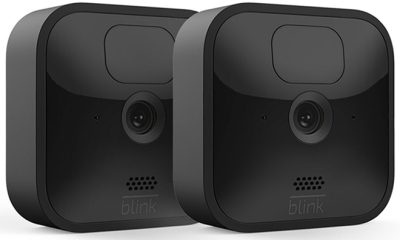
 Accessories2 years ago
Accessories2 years agoBlink Camera’s Temperature Sensor Settings, and More
-

 Solutions3 years ago
Solutions3 years agoWhy is My Samsung TV Picture So Dark? Exploring the Possible Causes
-
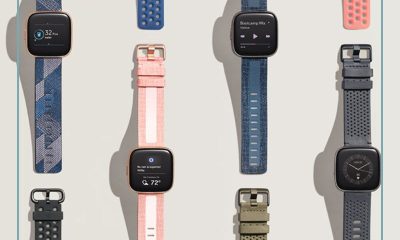
 Gadgets3 years ago
Gadgets3 years agoFitbit Symbols Meaning: What Do The Fitbit Icons Mean?
-

 Solutions3 years ago
Solutions3 years agoHow to Connect Your Vizio TV to WiFi Easily Without a Remote?
